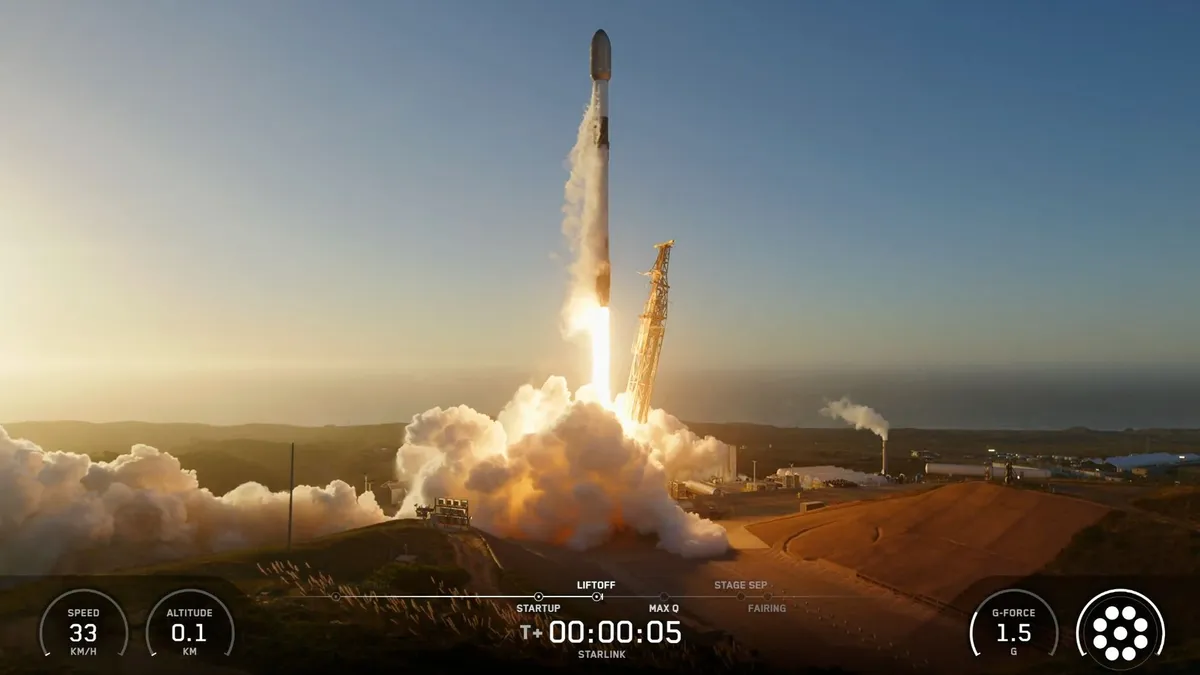
SpaceX successfully launched another batch of its Starlink broadband satellites on October 27, 2023. The launch took place at 8:43 p.m. EDT (5:43 p.m. local California time; 00:43 GMT on October 28) from the Vandenberg Space Force Base in California. A Falcon 9 rocket, equipped with 28 Starlink satellites, lifted off smoothly and marked another significant milestone for the company.
The first stage of the Falcon 9 rocket returned to Earth as planned approximately 8.5 minutes after liftoff. It successfully landed in the Pacific Ocean aboard the SpaceX drone ship, Of Course I Still Love You. This particular booster, designated as 1082, has achieved an impressive total of 17 flights, showcasing the reliability and reusability of SpaceX's technology.
Meanwhile, the upper stage of the Falcon 9 rocket continued its journey, carrying the 28 Starlink satellites toward low Earth orbit (LEO). These satellites are set to be deployed roughly one hour after launch, contributing to the expansion of the Starlink network. Today’s launch represents the 137th Falcon 9 mission of the year and stands out as the third launch in just three days.
Out of the 137 Falcon 9 missions this year, an impressive 98 have been dedicated to the expansion of the Starlink megaconstellation. This network is the largest satellite constellation ever assembled, with SpaceX having launched over 10,000 Starlink spacecraft to date. Currently, nearly 8,750 of these satellites are operational in LEO, providing internet services globally.
The Starlink megaconstellation is expected to grow even larger, with plans to add approximately 30,000 satellites in the coming years. This expansion will significantly enhance the coverage and capacity of the Starlink broadband service, making it a vital player in the global satellite internet market.
With each successful liftoff, SpaceX continues to extend its record for the most launches in a single year. The company previously set its launch record in 2022 with 134 orbital missions, and it is on track to surpass that mark in 2023 as it continues to push the boundaries of space technology.